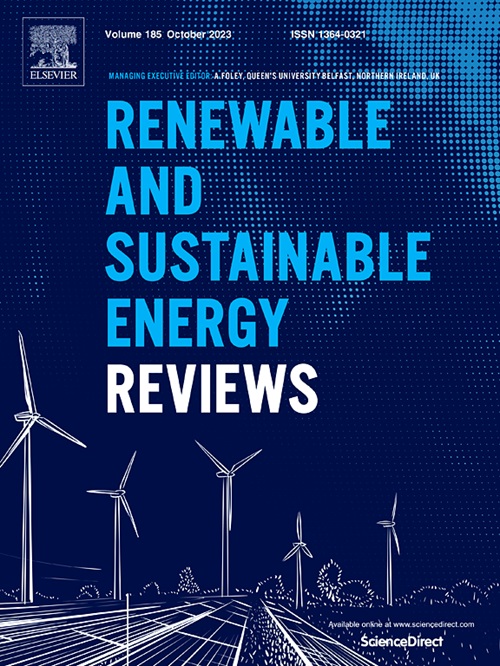利用动态自适应编码器-解码器深度学习网络检测能耗异常
IF 16.3
1区 工程技术
Q1 ENERGY & FUELS
引用次数: 0
摘要
有效管理建筑能耗对实现可持续发展和成本效益至关重要,而能源使用模式的异常可能意味着建筑系统出现故障、效率低下甚至潜在危险。为解决这一问题,本研究引入了非对称混合编码器-解码器(AHED)异常检测架构,旨在精确预测和识别建筑能源使用领域中的点异常和集体异常。该架构综合了监督和非监督学习方法,并利用先进的解码器-编码器配置来准确预测能源消耗。同时,AHED 框架应用滑动窗口技术和交叉相关分析将多变量时间数据转换为特征矩阵,以检测在指定时间间隔内集体出现的异常模式。结果表明,AHED 模型优于传统的异常检测技术,在不同的建筑环境中实现了更高的准确性和更好的泛化,这肯定了非对称模型在建筑能耗异常检测中的有效性和优越性。这项研究强调了动态自适应深度学习网络在应对建筑能源管理中异常检测挑战方面的潜力,为更高效、更可持续的建筑运营铺平了道路。本文章由计算机程序翻译,如有差异,请以英文原文为准。
Detecting energy consumption anomalies with dynamic adaptive encoder-decoder deep learning networks
Efficient management of building energy consumption is paramount for sustainability and cost-effectiveness, where anomalies in energy usage patterns can signify malfunctions, inefficiencies, or even potential hazards within the building systems. To address this problem, this study introduces an Asymmetric Hybrid Encoder-Decoder (AHED) anomaly detection architecture, designed to precisely forecast and identify point anomalies and collective anomalies within the domain of building energy usage. This architecture synthesizes both supervised and unsupervised learning approaches and utilizes an advanced decoder-encoder configuration for accurate prediction of energy consumption. Concurrently, the AHED framework applies sliding window techniques and cross-correlation analysis to convert multivariate temporal data into feature matrices, to detect anomalous patterns that manifest collectively within specified time intervals. The results demonstrate that the AHED model outperforms traditional anomaly detection techniques, achieving higher accuracy and improved generalization across diverse building environments, which affirms the efficacy and superiority of the asymmetric model in anomaly detection for building energy consumption. This study underscores the potential of dynamic adaptive deep learning networks in addressing the challenges of anomaly detection in building energy management, paving the way for more efficient and sustainable building operations.
求助全文
通过发布文献求助,成功后即可免费获取论文全文。
去求助
来源期刊

Renewable and Sustainable Energy Reviews
工程技术-能源与燃料
CiteScore
31.20
自引率
5.70%
发文量
1055
审稿时长
62 days
期刊介绍:
The mission of Renewable and Sustainable Energy Reviews is to disseminate the most compelling and pertinent critical insights in renewable and sustainable energy, fostering collaboration among the research community, private sector, and policy and decision makers. The journal aims to exchange challenges, solutions, innovative concepts, and technologies, contributing to sustainable development, the transition to a low-carbon future, and the attainment of emissions targets outlined by the United Nations Framework Convention on Climate Change.
Renewable and Sustainable Energy Reviews publishes a diverse range of content, including review papers, original research, case studies, and analyses of new technologies, all featuring a substantial review component such as critique, comparison, or analysis. Introducing a distinctive paper type, Expert Insights, the journal presents commissioned mini-reviews authored by field leaders, addressing topics of significant interest. Case studies undergo consideration only if they showcase the work's applicability to other regions or contribute valuable insights to the broader field of renewable and sustainable energy. Notably, a bibliographic or literature review lacking critical analysis is deemed unsuitable for publication.
 求助内容:
求助内容: 应助结果提醒方式:
应助结果提醒方式:


